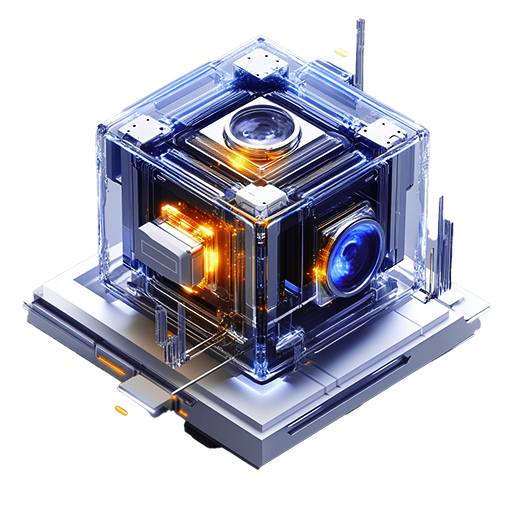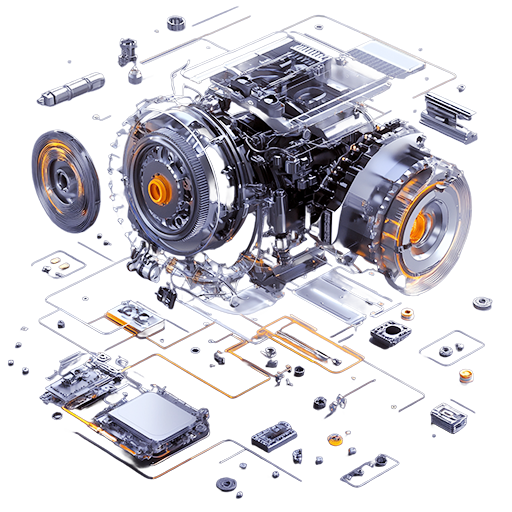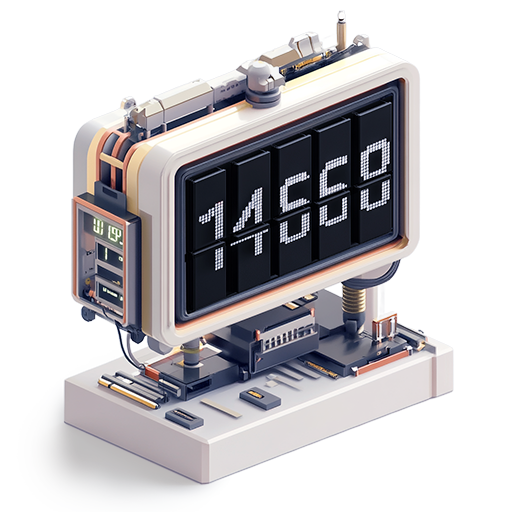Free VIN Decoder
Understand Your Vehicle's Identity: The VIN Decoder
A Vehicle Identification Number (VIN) is like a car's DNA. Let's break it down.
Example VIN: 1GNERGKW5JJ148668
World Manufacturer Identifier (WMI)
The first three characters of the VIN are the WMI. It identifies the manufacturer, the country of origin, and the vehicle type. Let's decode it:
- First Character (1): Country of Manufacture. United States.
- Second Character (G): Manufacturer. General Motors.
- Third Character (N): Vehicle Type. SUV/MPV.
Summary: In our VIN 1GNERGKW5JJ148668, 1GN tells us it's a Chevy (GM) SUV manufactured in the United States.
Characters four through nine form the VDS. This section describes the general attributes of the vehicle. The exact meaning varies by manufacturer, but often includes:
- Positions 4-8 (ERGKW): Vehicle line, series, body type, engine type, and transmission.
Example: In 1GNERGKW5JJ148668, ERGKW describes vehicle characteristics, and 5 is the check digit ensuring VIN validity.
Vehicle Descriptor Section (VDS)
Check Digit
The 9th position is the check digit. Its primary purpose is to prevent VIN forgery and errors. It's not sequentially assigned but rather calculated using a specific algorithm defined by ISO standards. This algorithm assigns a numerical value to each character in the VIN, multiplies them by weighting factors, sums these products, and divides the total by 11. The remainder is then converted to a check digit (0-9, or X for 10).
Functionality: When a VIN is entered into a system, the check digit can be recalculated. If the recalculated digit doesn't match the 9th character of the entered VIN, it indicates a likely error in VIN entry or that the VIN might be invalid or tampered with.
Breakdown: Our VIN 1GNERGKW5JJ148668 has 5 as the check digit. While we can't manually verify it here, a VIN decoder system would use this to ensure the VIN's integrity.
Vehicle Identifier Section (VIS)
The last eight characters are the VIS. This section is unique to each vehicle and essentially functions as the serial number. In North America, the VIS must be numeric for the last four characters.
- Position 10 (J): Model Year. This indicates the year the vehicle was manufactured. Codes vary over time and by region.
- Position 11 (J): Assembly Plant. This identifies the factory where the vehicle was assembled. Manufacturer-specific codes are used.
- Positions 12-17 (148668): Production Sequence Number. This is a sequential number assigned as vehicles roll off the assembly line. It ensures each vehicle has a truly unique identifier.
Breakdown: For 1GNERGKW5JJ148668, J is the model year, J the assembly plant, and 148668 the unique production number.
Model Year Codes
The 10th character in the 17-digit VIN is dedicated to indicating the model year of the vehicle. It's important to note that the model year is not necessarily the same as the calendar year of manufacture. Automakers often begin production of the next model year in the preceding calendar year. This position provides crucial information for determining the age and potentially the specifications associated with a particular model year.
The encoding for the model year is not straightforward and follows a specific pattern of letters and numbers that cycles through over time. To prevent confusion, certain characters that could be mistaken for numerals (like 'I', 'O', 'Q', 'Z') are deliberately skipped. Additionally, the letters 'U' and '0' are also avoided in VIN year codes. This system ensures clarity and reduces the risk of misinterpretation, especially when dealing with vehicle records across different systems and countries. Here's a simplified table for recent and some historical years:
| Code | Year | Code | Year | Code | Year | Code | Year |
|---|---|---|---|---|---|---|---|
| 5 | 2005 | 6 | 2006 | 7 | 2007 | 8 | 2008 |
| 9 | 2009 | A | 2010 | B | 2011 | C | 2012 |
| D | 2013 | E | 2014 | F | 2015 | G | 2016 |
| H | 2017 | J | 2018 | K | 2019 | L | 2020 |
| M | 2021 | N | 2022 | P | 2023 | R | 2024 |
| S | 2025 | T | 2026 | V | 2027 | W | 2028 |
| X | 2029 | Y | 2030 | 1 | 2031 | 2 | 2032 |
| 3 | 2033 | 4 | 2034 | 5 | 2035 | 6 | 2036 |
| 7 | 2037 | 8 | 2038 | 9 | 2039 | A | 2040 |
| Y | 2000 | 1 | 2001 | 2 | 2002 | 3 | 2003 |
| 4 | 2004 | X | 1999 | W | 1998 | V | 1997 |
| T | 1996 | S | 1995 | R | 1994 | P | 1993 |
| N | 1992 | M | 1991 | L | 1990 | K | 1989 |
Note: This table is not exhaustive. Consult a complete VIN decoder for all possible year codes, especially for older vehicles or specific manufacturers.
In the standardized VIN system, the letter in the tenth position can represent two different calendar years, because the model year codes repeat every 30 years. For example the letter “J” refers to either 1988 or 2018. To determine which year truly applies, you generally need extra context—such as documentation, the vehicle’s physical condition, or a full VIN report—to confirm the vehicle’s correct model year.
Assembly Plant Code
The eleventh character of the VIN is designated for the assembly plant code. This character identifies the specific factory location where the vehicle was physically assembled. Unlike some other parts of the VIN which are standardized, the encoding for the assembly plant is typically manufacturer-specific. This means that each automaker uses its own unique set of codes to represent its various assembly plants around the world.
Decoding the assembly plant code often requires access to the manufacturer's internal documentation or a full GetVIN report that contain these proprietary codes. The information encoded in this position is valuable for logistical tracking, quality control, and recall management within the manufacturer's operations. For consumers, while less directly relevant than the model year or vehicle specifications, it can still provide interesting insight into the vehicle's origin.
Breakdown: In our VIN 1GNERGKW5JJ148668, the character J at the 11th position is the assembly plant code. Without manufacturer-specific decoding information, we can only say that J represents a particular GM assembly plant. A full GetVIN report would be needed to pinpoint the exact factory location this code refers to.
Production Sequence Number
The final six characters, positions 12 through 17, of the VIN constitute the production sequence number. This is essentially the vehicle's unique serial number. It is a sequential number that is assigned to each vehicle as it comes off the assembly line. This sequence ensures that every vehicle manufactured is uniquely identifiable, even among vehicles of the same make, model, year, and assembly plant.
The production sequence number is typically numeric, especially for the last four digits in North America as per regulations. This section is purely for unique identification and does not encode any other vehicle characteristics or attributes. It serves as the ultimate differentiator between individual vehicles. In conjunction with the WMI, VDS and other parts of the VIS, the production sequence number completes the comprehensive identification of a specific vehicle unit.
Summary: Looking at our VIN 1GNERGKW5JJ148668, the characters 148668 represent the production sequence number. This number, in combination with the preceding parts of the VIN, uniquely identifies this specific GM vehicle from every other vehicle ever produced, even those of the same model and year from the same factory.






